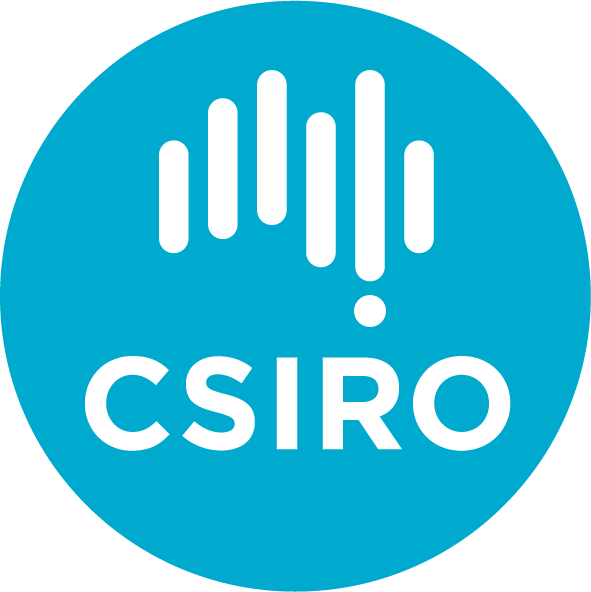On interdependence in FAIR research communities (digital and otherwise) Permalink
Penny muses on inter-reliance of researchers working in different stages of the research workflow. SangyaPundir, CC BY-SA 4.0 , via Wikimedia Commons Last week our paper on capture of FAIR-ready data on the FAIMS mobile platform was released in the Journal of Computer Applications in Archaeology (Ross et al. 2022). In it we step through each of the FAIR data principles: Findable w...


